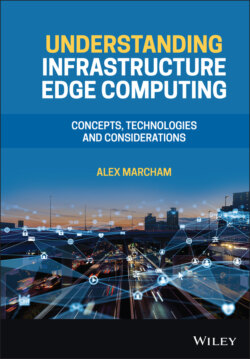Читать книгу Understanding Infrastructure Edge Computing - Alex Marcham - Страница 23
2.4.1.2 The Second Act of the Internet
ОглавлениеDuring the 1990s and 2000s, internet usage amongst consumers became mainstream as the types of applications and content which the internet supported grew exponentially. The combination of a rapidly growing userbase as millions of people began to connect to the internet for the first time using dial‐up modem connectivity and other technologies such as cable or DSL and the addition of more types of content, as well as far more content being available online in general, began to strain the infrastructure of the internet and led to the development and deployment of the first physical infrastructure solutions, which were designed specifically to address these newly emerging issues.
The widespread advent of cloud computing during the 2010s further exacerbated this trend as new generations of data centre facilities were required globally. As more applications and data began to move from local on‐premises facilities to remote data centres, the locations of these data centres became more important. Cloud providers began to separate their infrastructure on a per‐country basis and, in the case of the United States or other large countries, then began to subdivide their presence within that country into smaller regions, as Amazon Web Services (AWS) has done with their US East and US West regions to optimise performance and the cost of data transportation.
